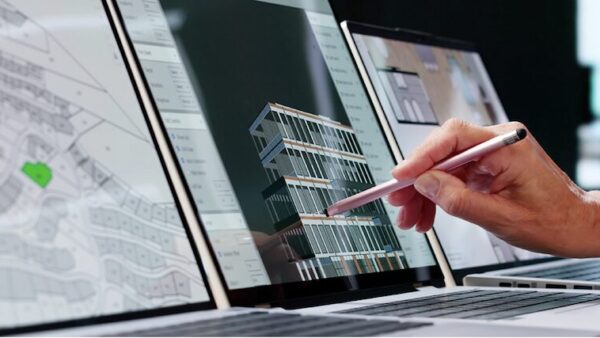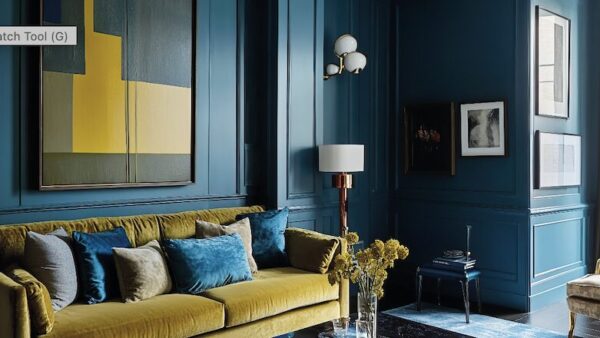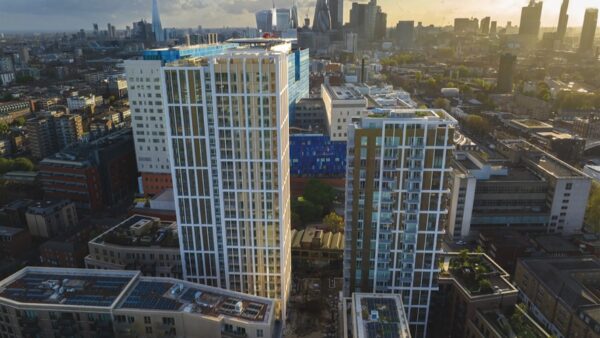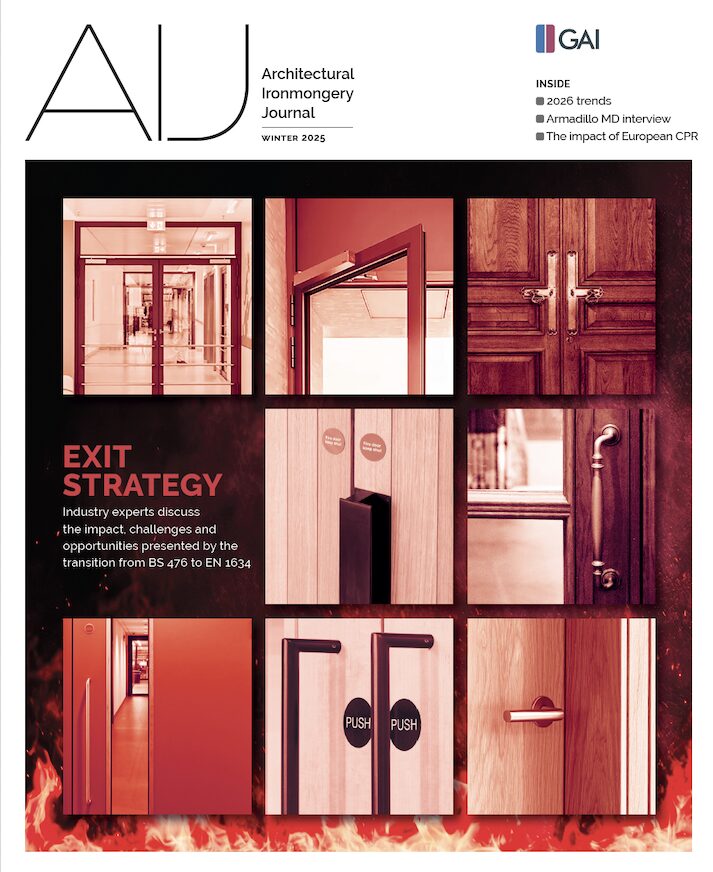 Recently appointed Codelocks UK Managing Director, Joanne Milne-Rowe looks ahead to 2025 and the trends that will spark innovation in access control.
Recently appointed Codelocks UK Managing Director, Joanne Milne-Rowe looks ahead to 2025 and the trends that will spark innovation in access control.
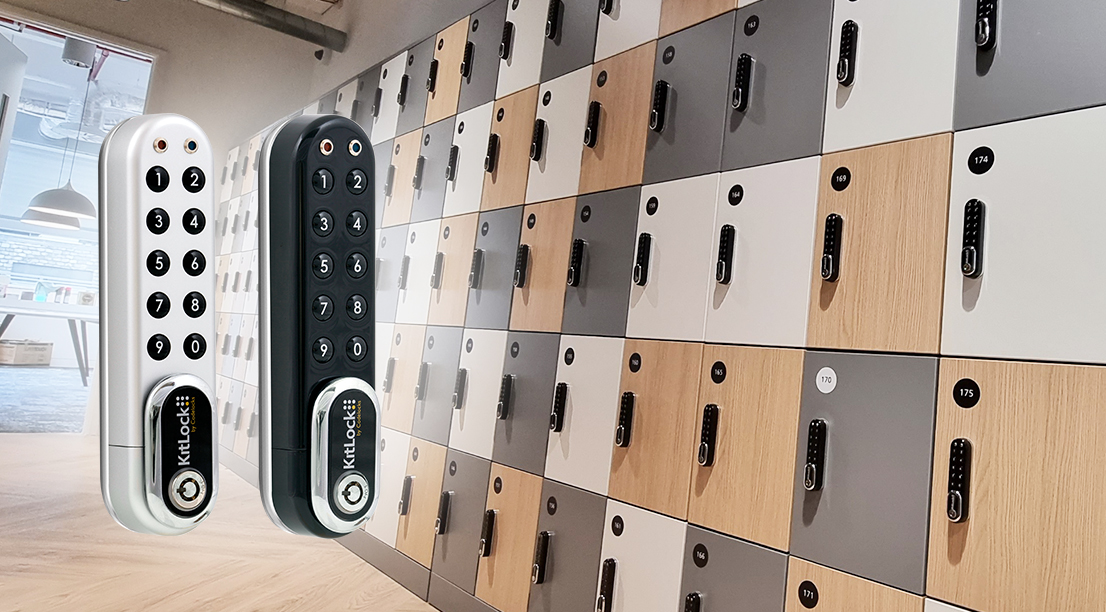
2025 marks the half-way point of the decade and over 10 years since we introduced our flagship Codelocks NetCode® Technology. The innovative, award-winning technology has driven a lot of the growth and change at Codelocks since its introduction. This got me thinking; what will be the direction of travel for access control over the next 10 years?
NetCode® didn’t emerge out of nowhere 10 years ago. It was intentionally developed to meet the demand for greater control and the convenience to grant access remotely. Codelocks’ product technicians have been adapting and refining the technology ever since then to support more products and applications developed to meet evolving global customer needs.
As product innovators, it’s important to expand our view and look outside of the world of access control and architectural ironmongery. This helps us understand the prevailing trends and what is driving change to people’s behaviours when it comes to access control. It also helps us to think about what the access control landscape might look like in the coming decade, when there will be a new generation of consumers with a different set of demands.
Preparing for a sustainable future
One of the major trends of the past few years is sustainability. As we progress along the Net Zero pathway, the 2030 and 2050 horizons are getting closer and closer. People, especially younger generations, are rightly concerned about the environmental footprint of the products and services they use. Their concerns are driving moves towards greater shared ownership and rental, rather than outright purchase. This means that less material and energy is used to build items like bicycles and even electric vehicles that can be easily shared, there’s also less to dispose of at the end of the item’s life. This will call for ways to control access to the shared facilities with remotely enabled locks and timing mechanisms to ensure their fair and equal use. Several Codelocks products are already being used in integrated projects like shared-spaces and click and collect lockers. One of our customers offers shared bike storage spaces that can be accessed via their app, for example.

Continuing the sustainability theme, we are actively looking extending battery life to last the lifespan of the product to reduce waste. Looking further ahead, there will be greater innovation in terms of powering electronic access control systems from energy sources like personal devices to operate battery-free locks more sustainably.
The impatience economy
The growing rise of control and convenience plays into the trend that has become known as the ‘impatience economy’. This is where people (understandably) prefer quick solutions to traditional methods. Increasing digitalisation means that users expect self-service applications and automated access control without having to think about them – especially as AI will anticipate their usage, but more on that later.
Now, this isn’t exactly new. Being sent an access code to unlock a gym locker or tennis court, for example, is much faster than having to collect and return a physical key. It’s something we have become accustomed to. The convenience/impatience factor inevitably extends into other mechanisms, like connecting access control to payment technologies to streamline the entire process. Multi-factor authentication is something we are all familiar with when making online purchases, and this will likely be used more and more to prevent fraudulent access to facilities.
The impatience economy also fuels a behavioural change to a 24-7 expectation. Particularly in the creative industries when you never know when inspiration will hit, round-the-clock access to facilities like recording studios is expected.
Getting personal
Greater digitalisation and self-service applications involve data. These apps will collect data about who is accessing locked facilities, when they use them, what they use them for and for how long, etc. The data paints a picture of the user that can be used to create a profile and anticipate their access needs. This is essentially how AI will be used to improve the customer’s overall experience. We can apply this to future innovations like an upcoming ‘do-not-disturb’ feature that we are excited about. More on this in 2025.
Looking towards the future
By looking forward and exploring the implications of some of these mega-trends, we get a sense of how our business adds value to our customers’ lives. We are not just reacting to changes; we are actively anticipating them.
As the decade enters its second half, we will see lifestyles and behaviours become increasingly bespoke, integrated and personalised. It’s up to access control innovators to remain agile and responsive to these behavioural shifts and welcome the lightbulb moments that will spark new innovations.


